Krka falls
What about the Krka falls
Krka National Park is a mesmerizing natural gem located in Croatia, renowned for its enchanting network of cascading waterfalls and crystal-clear pools, nestled within verdant landscapes. The park boasts a series of cascading waterfalls that connect its numerous turquoise-colored lakes, forming a captivating spectacle of natural splendor. Wooden boardwalks and pathways meander through the park, offering visitors the opportunity to immerse themselves in the lush surroundings and discover the rich diversity of flora and fauna. As a UNESCO World Heritage site, Krka National Park entices nature lovers and travelers from across the globe to revel in its serene and picturesque ambiance.
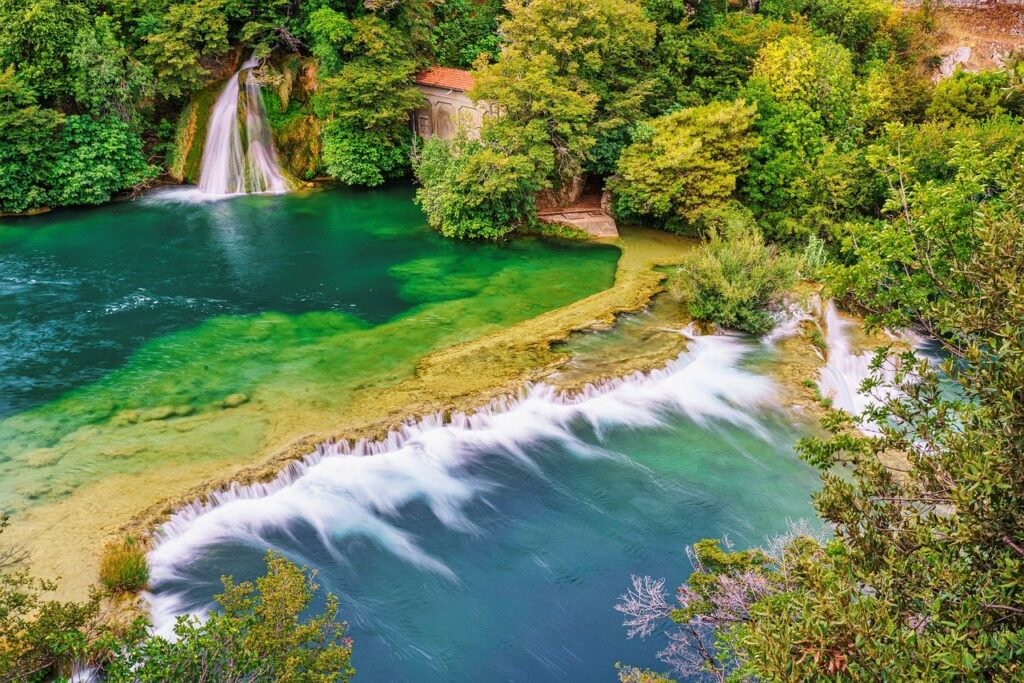
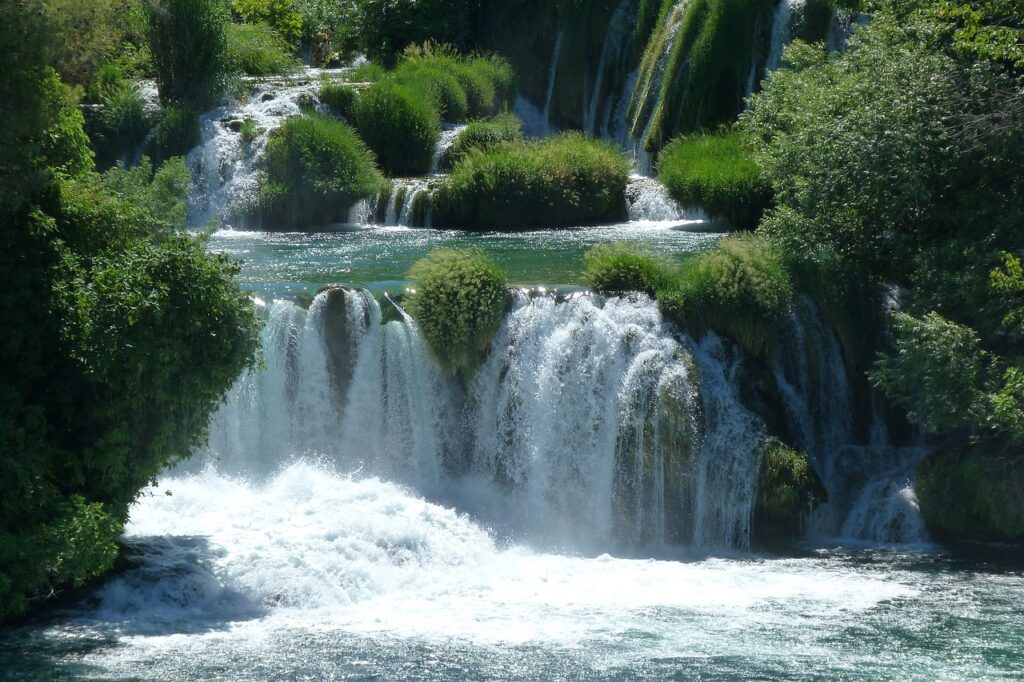
Accessibility
Krka National Park is situated in southern Croatia, near the city of Šibenik and the town of Skradin. The park covers a sprawling area of approximately 109 square kilometers (42 square miles), making it a significant natural attraction in the region.
To reach Krka National Park, visitors can utilize various transportation options. The nearest major cities are Split and Zadar. Split, a bustling coastal city, is approximately a 1-hour drive to the south, while Zadar is about a 1.5-hour drive to the northwest. Both cities have well-connected airports with domestic and international flights.
Travelers can access the park by car, bus, boat, or organized tours. The park has well-marked road connections, and there are parking facilities available at the entrances, including Skradin and Lozovac. Public buses depart regularly from Split and Zadar to the park’s entrances, providing convenient access for visitors. Additionally, boat tours from Skradin offer a scenic and enjoyable way to reach the park, allowing passengers to cruise along the Krka River and disembark at the main entrance. Organized tours from nearby cities are also available, providing transportation and guided experiences for visitors looking to explore the park’s natural wonders.
Plants and animals
Krka National Park is home to a diverse array of flora and fauna, with lush riparian vegetation including willows, poplars, and alders along the riverbanks, complemented by Mediterranean scrub in drier areas. The park harbors rare and endemic plant species, alongside a rich variety of wildlife. Birdwatchers can spot kingfishers, herons, and eagles, while freshwater fish like trout inhabit the river. Amphibians, reptiles, and mammals such as otters and wild boar also thrive in the park’s habitats. As visitors explore the trails and viewpoints around the Krka Waterfalls, they can marvel at the natural beauty and biodiversity of this remarkable ecosystem while respecting park regulations to ensure conservation.
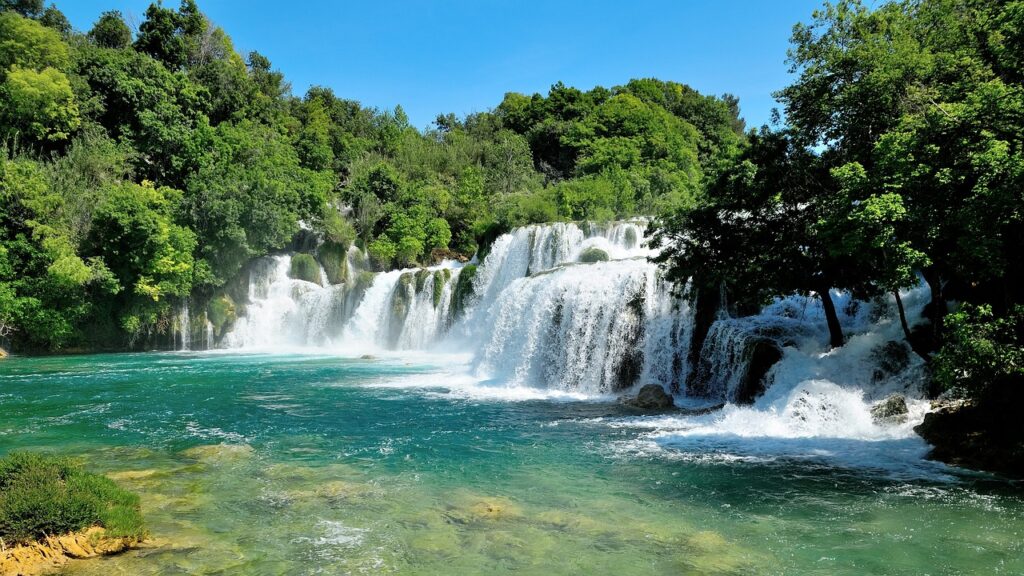
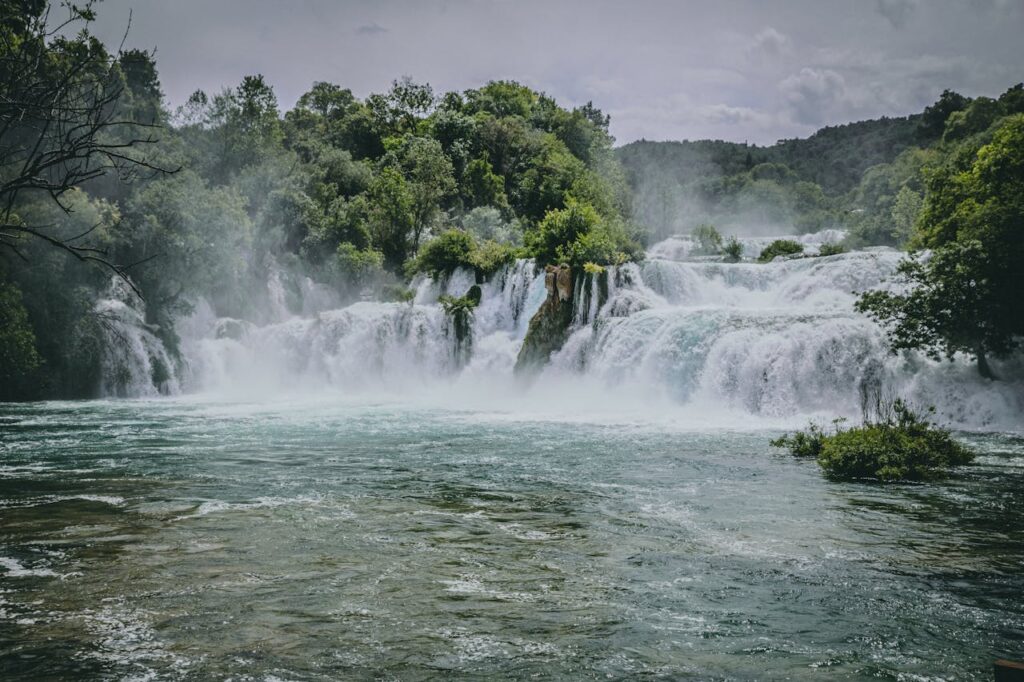
History
The Krka Falls, located in Krka National Park in Croatia, are the result of natural geological and hydrological processes over thousands of years. The falls were formed by the travertine, or tufa, barriers that were created by the deposition of calcium carbonate from the river waters. These deposits built up over time, forming natural dams and barriers that caused the river to cascade into a series of stunning waterfalls. The process is influenced by the presence of certain algae and mosses which accelerate the deposition of the travertine. The Krka River, which flows through limestone and dolomite canyons, has carved out its path and shaped the waterfalls we see today. The dynamic interplay of water flow, rock formations, and biological factors continues to evolve the landscape, making the Krka Falls a living, changing natural wonder. The falls are renowned for their beauty and attract numerous visitors, contributing to the preservation efforts within the national park.
Activities and adventures
In Plitvice Lakes National Park, visitors have various activities to enjoy the stunning natural surroundings. Well-maintained hiking trails lead visitors along lakes, waterfalls, and through dense forests, providing an excellent way to explore the park’s natural beauty. For a different perspective, boat trips are available on the largest lake, Kozjak. Additionally, there’s a panoramic train for a leisurely ride through a portion of the park. Photographers will discover numerous picturesque spots, including breathtaking waterfalls and scenic lakes. Various viewpoints along the trails offer panoramic vistas, while the diversity of flora and fauna, including birds and fish, appeals to nature enthusiasts. Educational programs and guided tours organized by the visitor center provide insights into the park’s geology, flora, fauna, and history. It is crucial for visitors to stick to designated paths and follow park rules to preserve the natural environment. Plitvice Lakes National Park offers a diverse range of activities, making it an ideal destination for both nature lovers and adventure seekers.
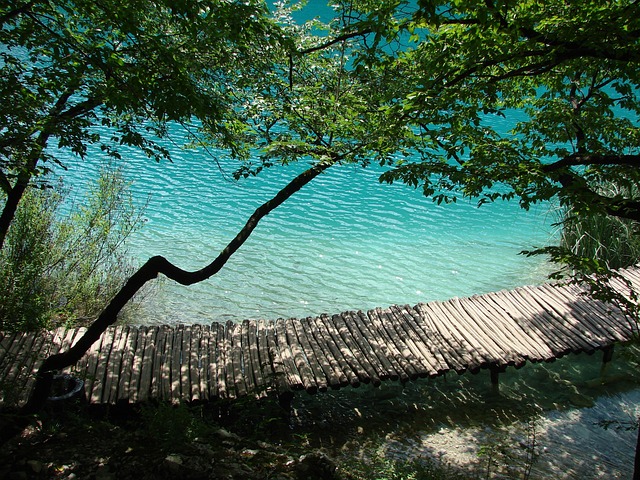
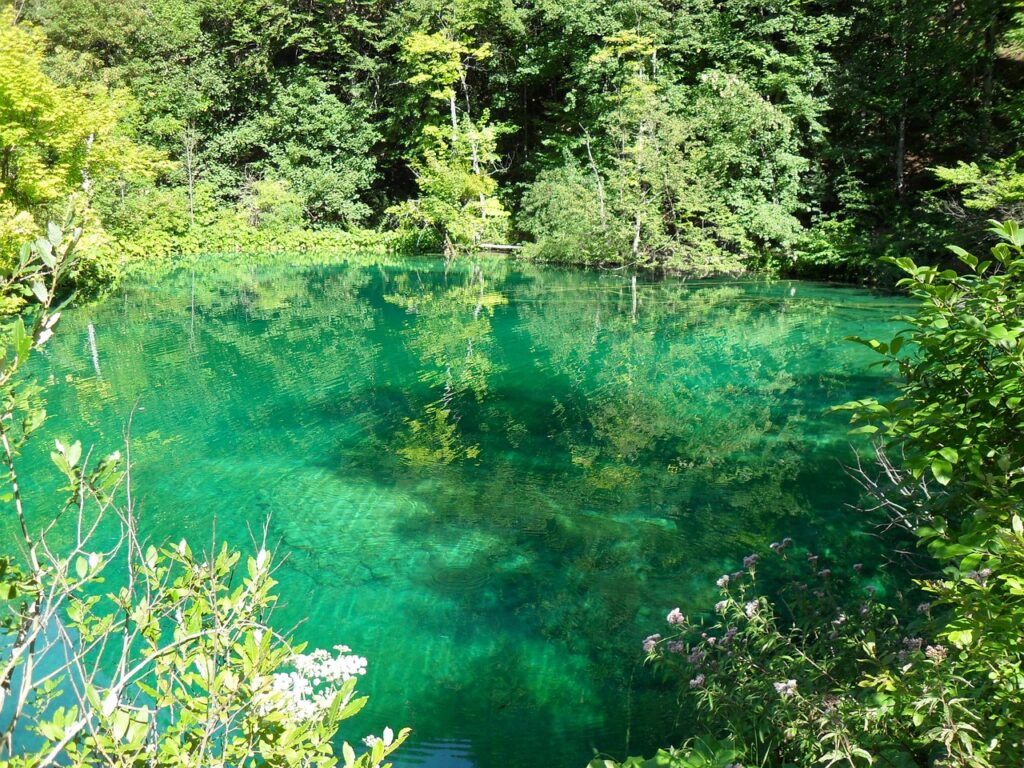
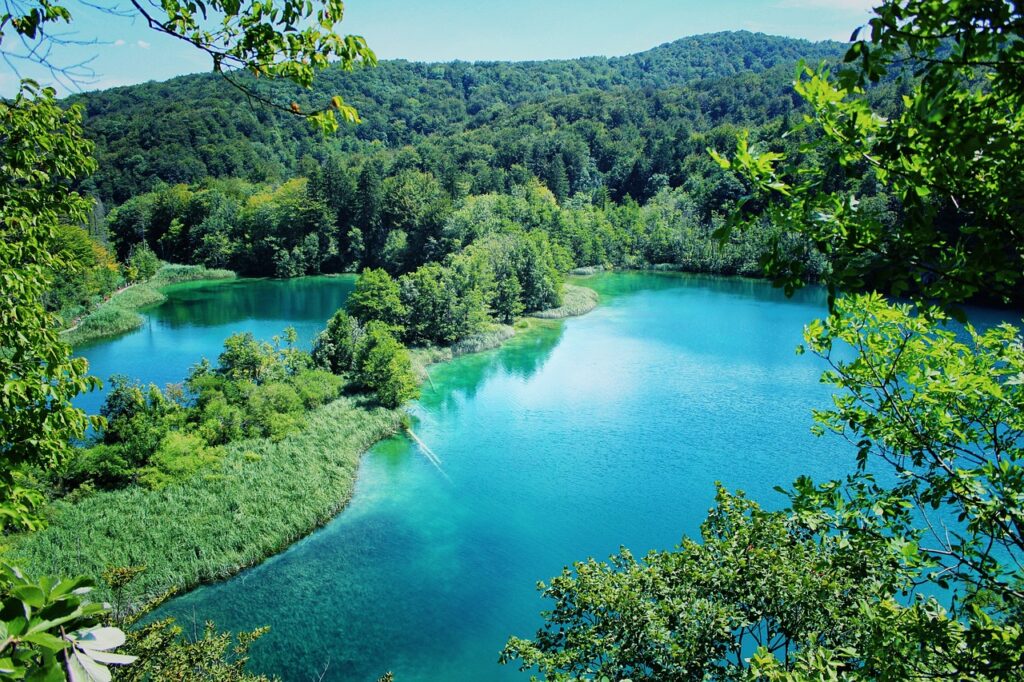
Tips
For an optimal experience at Plitvice Lakes, consider arriving early in the morning to avoid crowds. Wear comfortable hiking shoes, preferably waterproof, as paths can be slippery. Bring waterproof clothing, especially if you plan to take the boat ride or get close to waterfalls. Don’t forget your camera to capture the spectacular views, and ensure you have enough memory cards and batteries. Pack snacks and water for a full day of exploration. Respect nature by staying on designated paths to protect the environment and ensure your safety. Take advantage of unique experiences like the boat ride on Lake Kozjak and the panoramic train journey. Consider staying near the park for a convenient and relaxed visit, allowing for early starts or peaceful evenings after the daytime crowds.
These tips will enhance your enjoyment of the stunning Plitvice Lakes.
